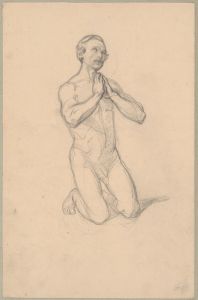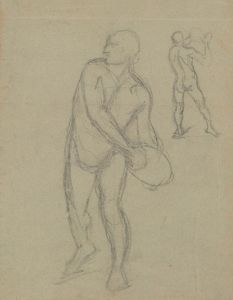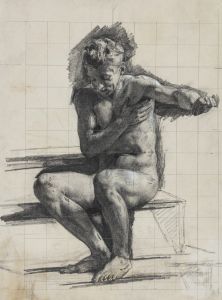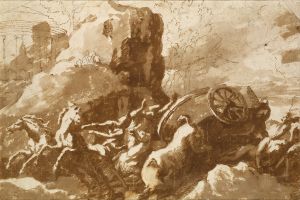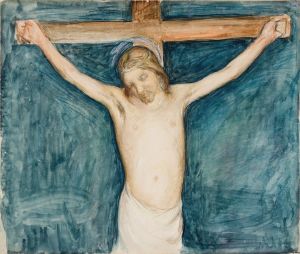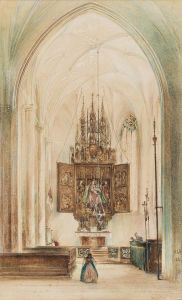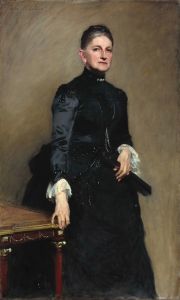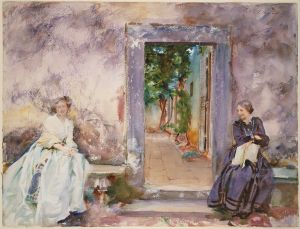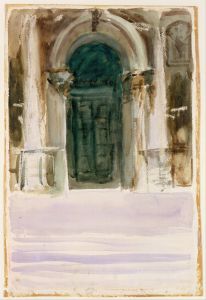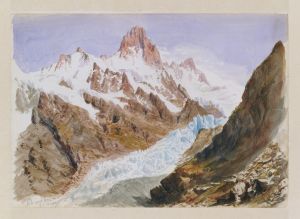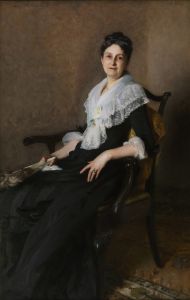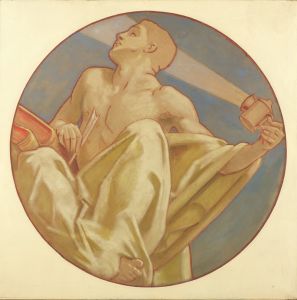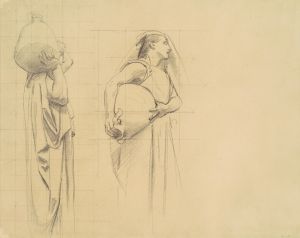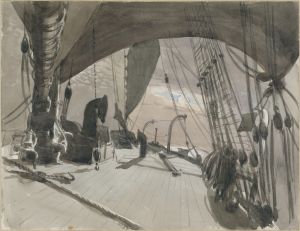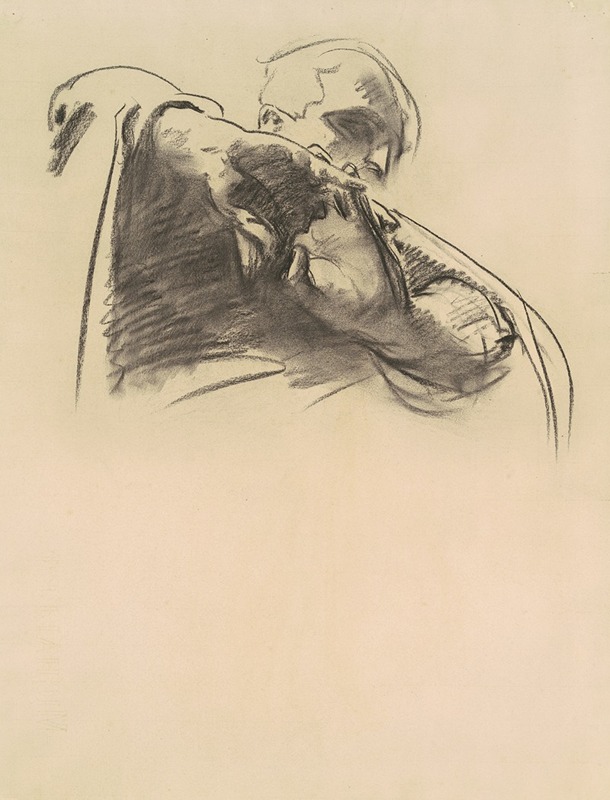
Study for ‘The Crucifixion and Death of Our Lord’
A hand-painted replica of John Singer Sargent’s masterpiece Study for ‘The Crucifixion and Death of Our Lord’, meticulously crafted by professional artists to capture the true essence of the original. Each piece is created with museum-quality canvas and rare mineral pigments, carefully painted by experienced artists with delicate brushstrokes and rich, layered colors to perfectly recreate the texture of the original artwork. Unlike machine-printed reproductions, this hand-painted version brings the painting to life, infused with the artist’s emotions and skill in every stroke. Whether for personal collection or home decoration, it instantly elevates the artistic atmosphere of any space.
John Singer Sargent, an American expatriate artist renowned for his portraits, landscapes, and murals, created a study titled "Study for ‘The Crucifixion and Death of Our Lord’." This work is part of his extensive body of religious and historical art, reflecting his interest in capturing complex narratives and emotional depth through his paintings.
Sargent was born on January 12, 1856, in Florence, Italy, to American parents. He spent much of his life in Europe, where he developed his artistic skills and became one of the leading portrait painters of his generation. Although primarily known for his portraits, Sargent also explored other genres, including religious themes, which is evident in his study for "The Crucifixion and Death of Our Lord."
The study is a preparatory work for a larger mural or painting, a common practice among artists to experiment with composition, form, and color before executing the final piece. Sargent's religious works often demonstrate his ability to convey deep emotion and drama, capturing the viewer's attention through his masterful use of light and shadow.
While specific details about "Study for ‘The Crucifixion and Death of Our Lord’" are limited, it can be inferred that the study was part of Sargent's broader exploration of religious themes. His interest in such themes is also reflected in his other works, such as the murals he created for the Boston Public Library, which include religious and mythological subjects.
Sargent's approach to religious art was influenced by his exposure to various artistic traditions during his travels across Europe. He studied the works of Old Masters and was particularly inspired by the dramatic compositions and emotional intensity found in the works of artists like El Greco and Caravaggio. These influences likely informed his approach to depicting the crucifixion, a subject that has been a central theme in Christian art for centuries.
The crucifixion of Jesus Christ is a pivotal event in Christian theology, symbolizing sacrifice, redemption, and the profound suffering endured by Christ. Artists throughout history have depicted this scene to evoke contemplation and spiritual reflection. Sargent's study would have aimed to capture these elements, using his skillful brushwork and keen understanding of human emotion to bring the scene to life.
Sargent's religious studies, including this one, demonstrate his versatility as an artist and his ability to engage with complex themes beyond portraiture. His work continues to be celebrated for its technical excellence and emotional resonance, securing his legacy as one of the most influential artists of the late 19th and early 20th centuries.
In summary, while detailed information about "Study for ‘The Crucifixion and Death of Our Lord’" is scarce, it represents John Singer Sargent's engagement with religious themes and his broader artistic exploration beyond portraiture. His ability to convey emotion and narrative through his art remains a testament to his enduring impact on the art world.





